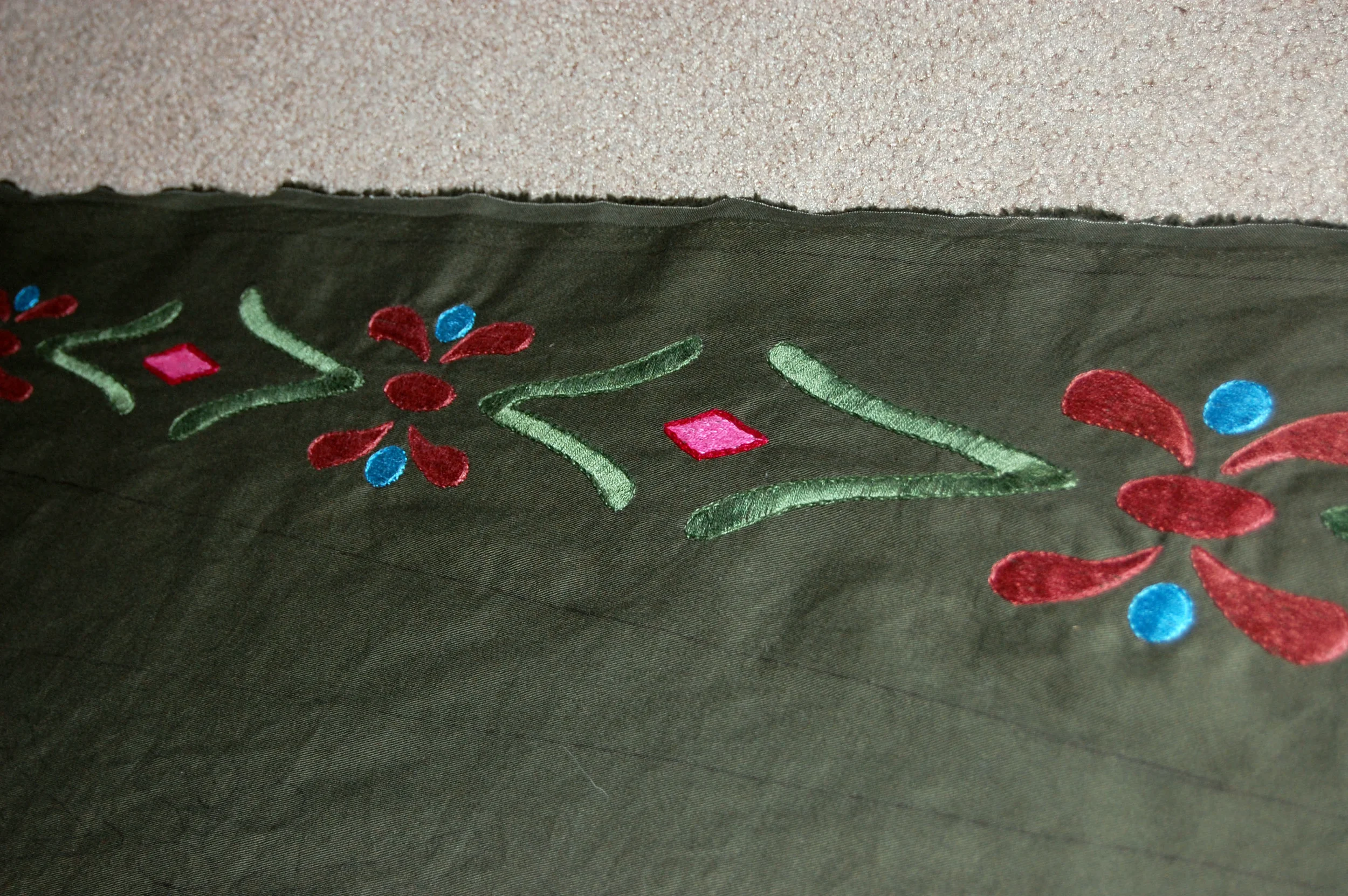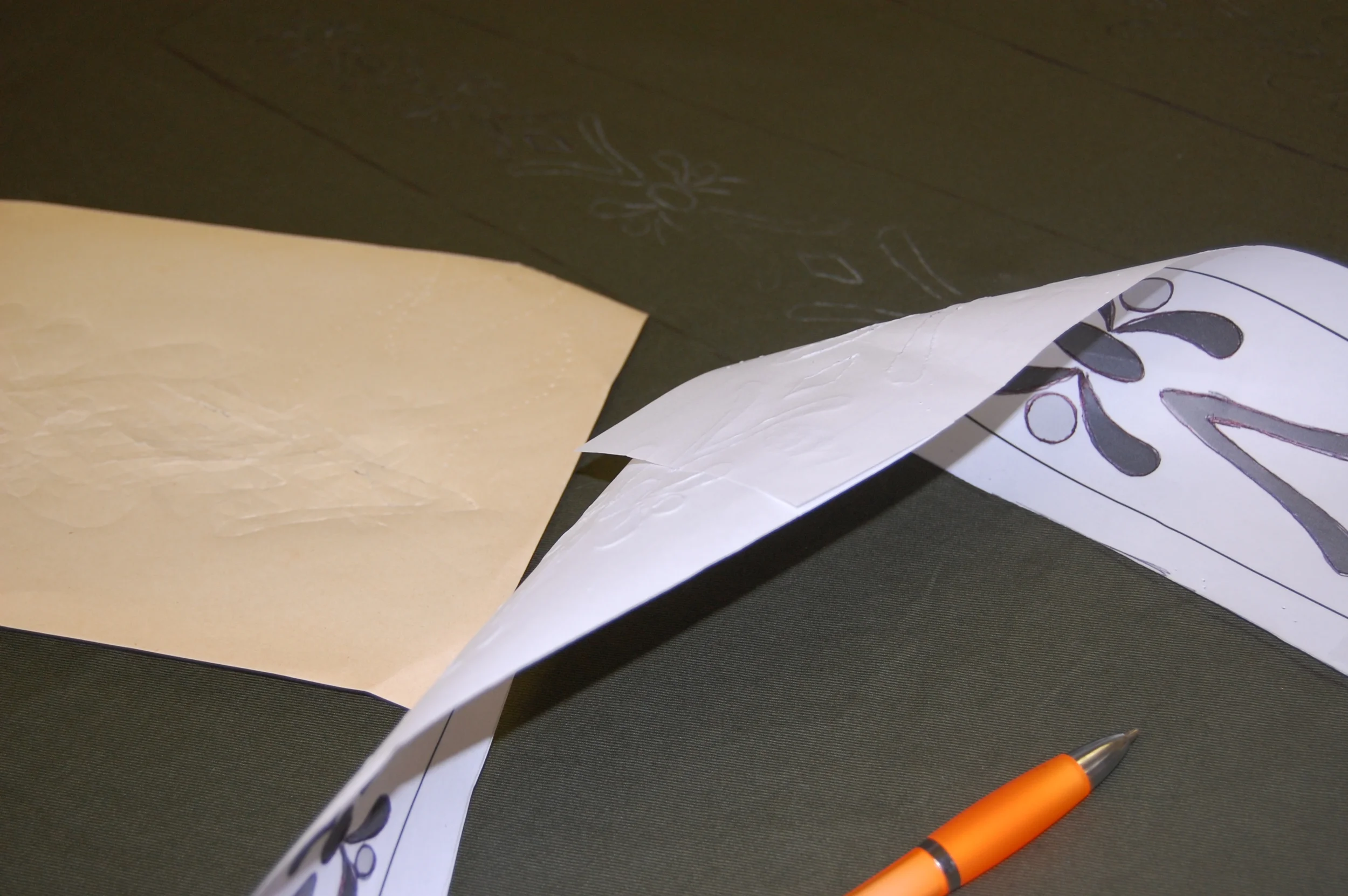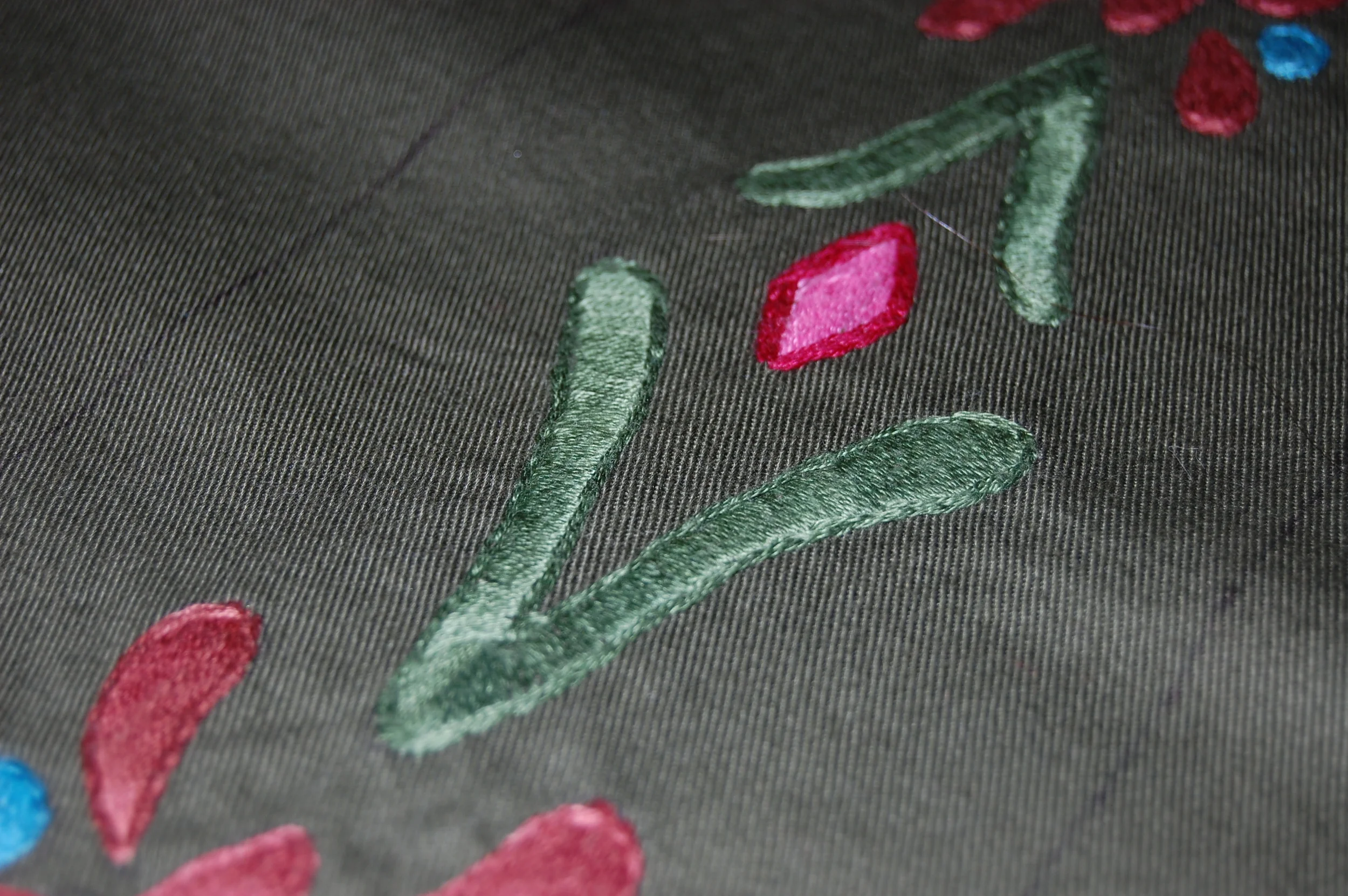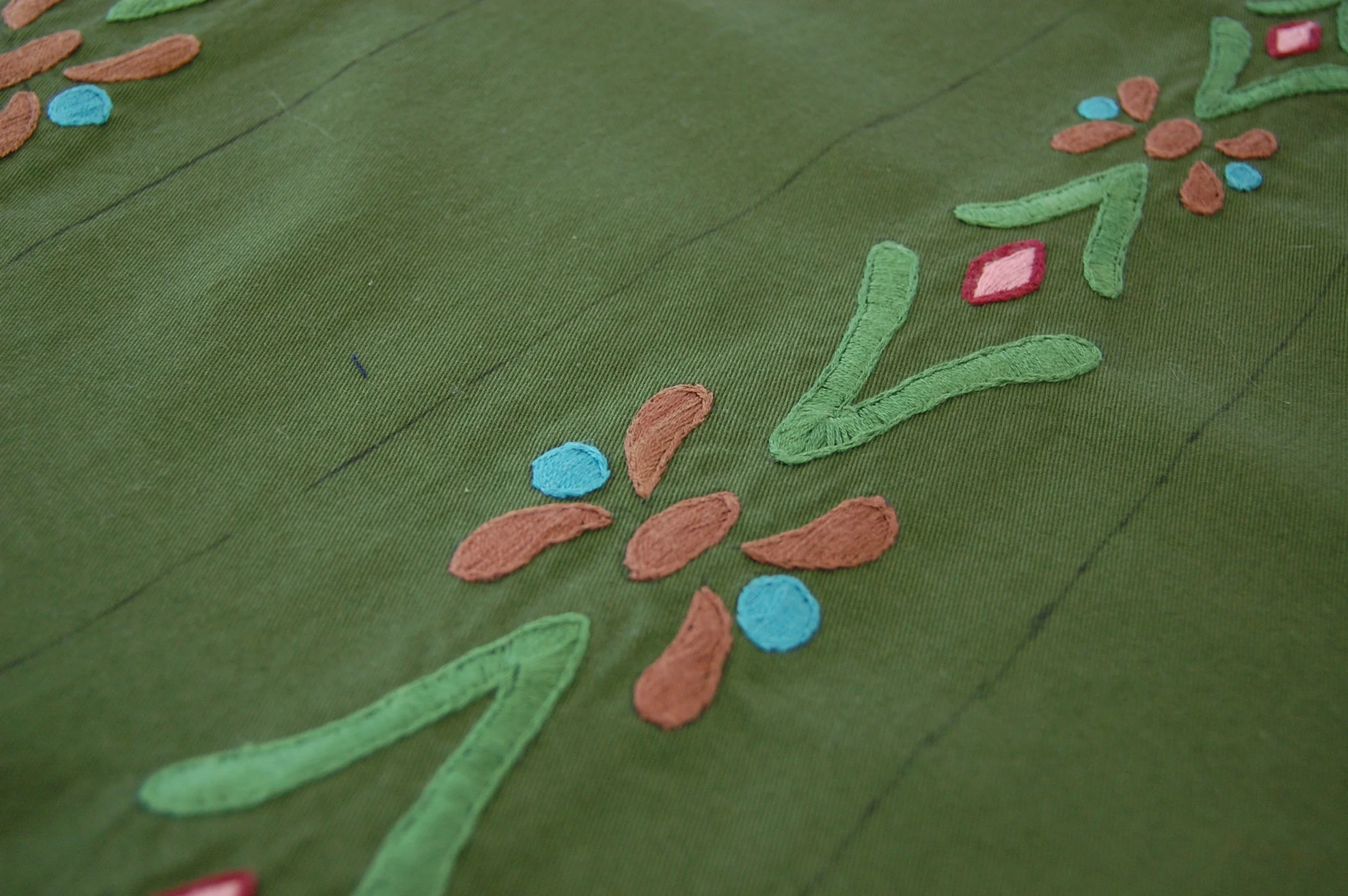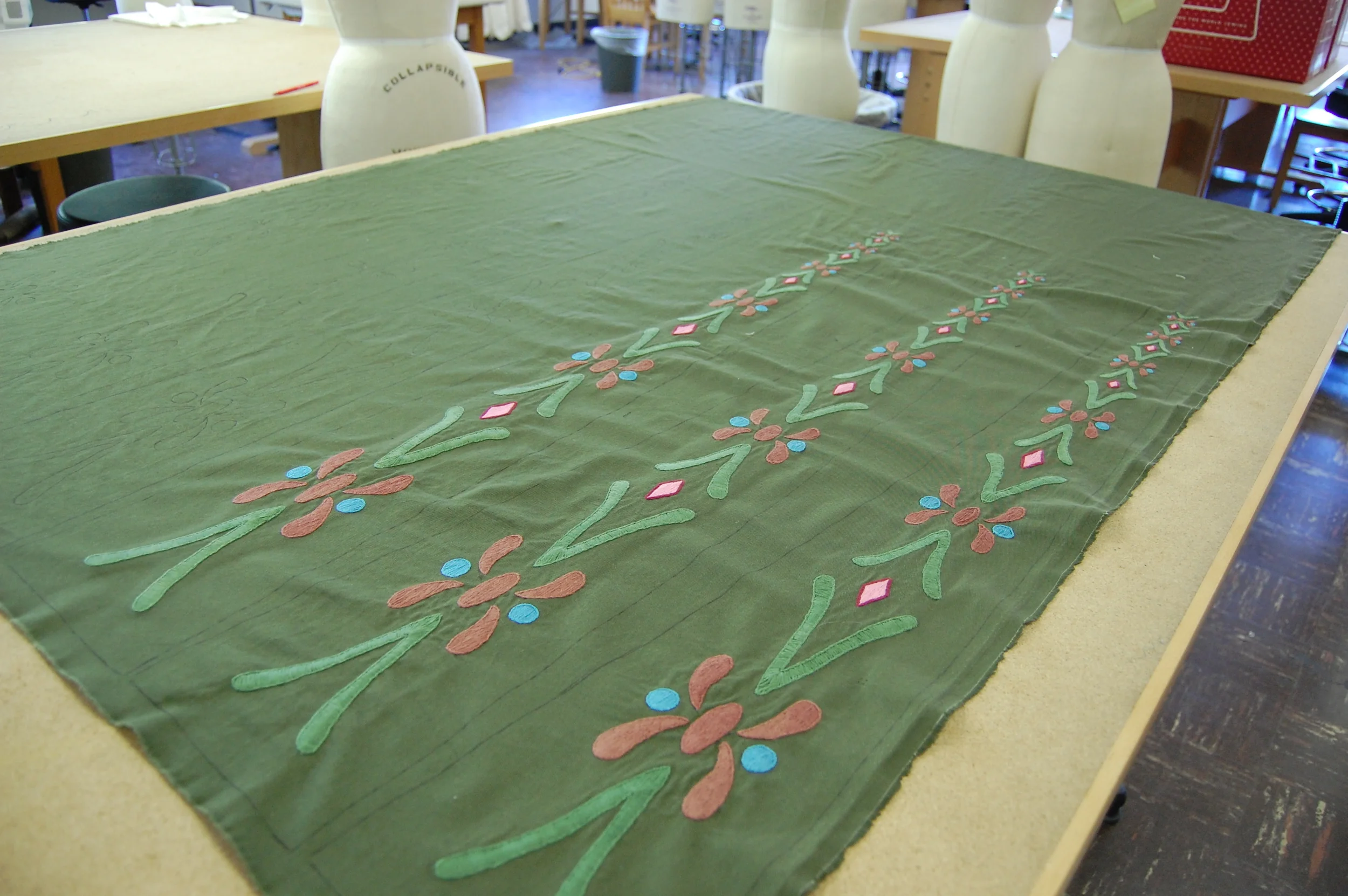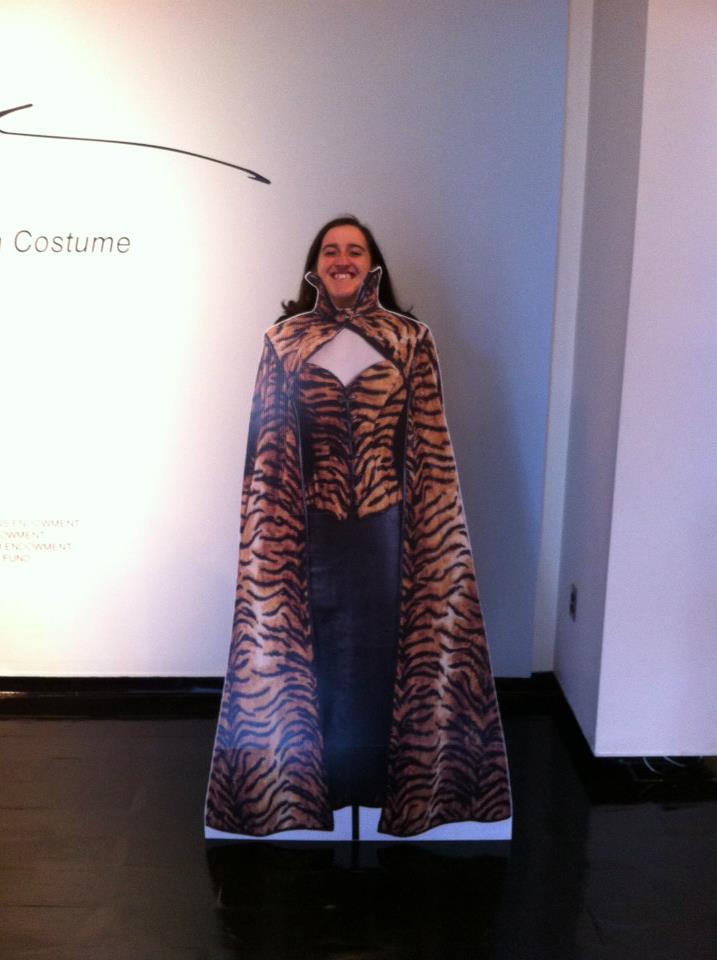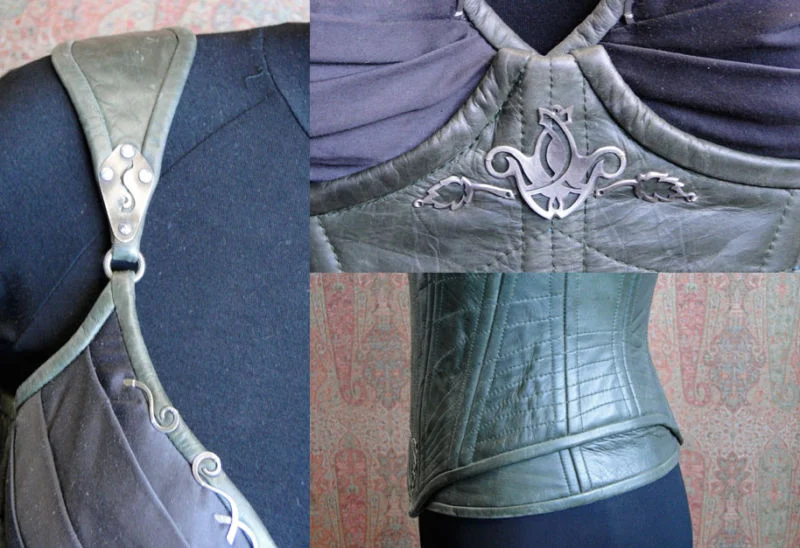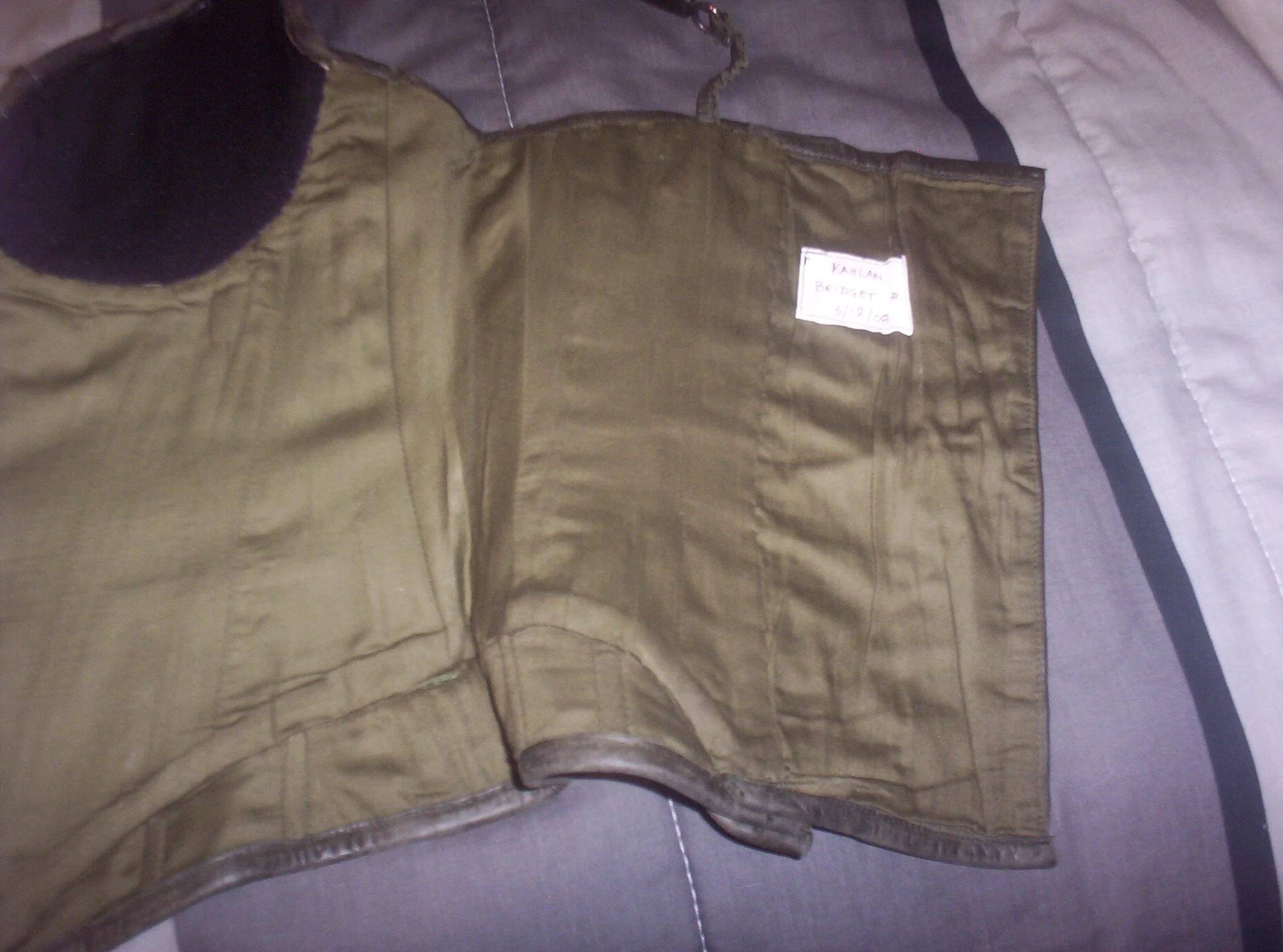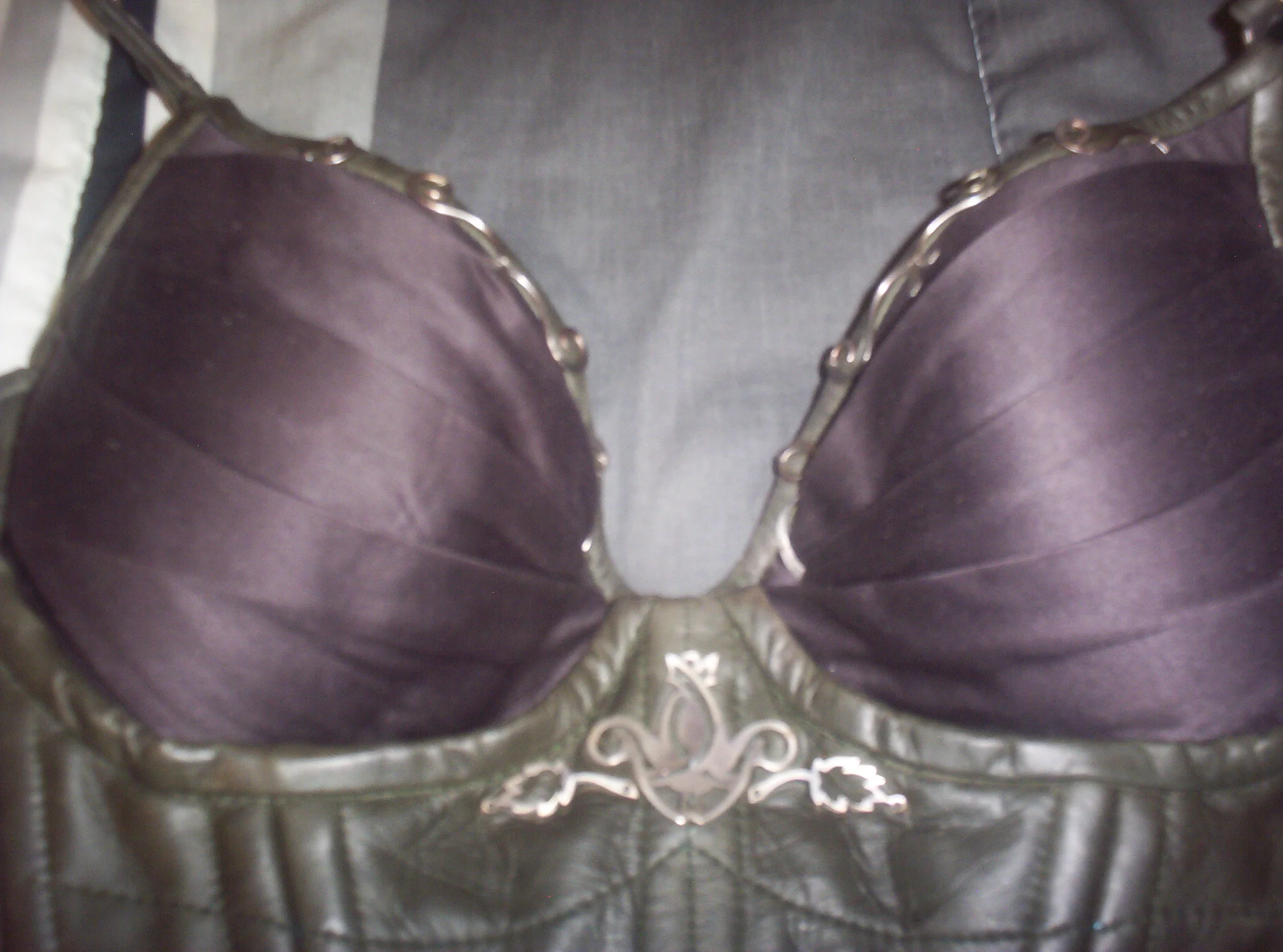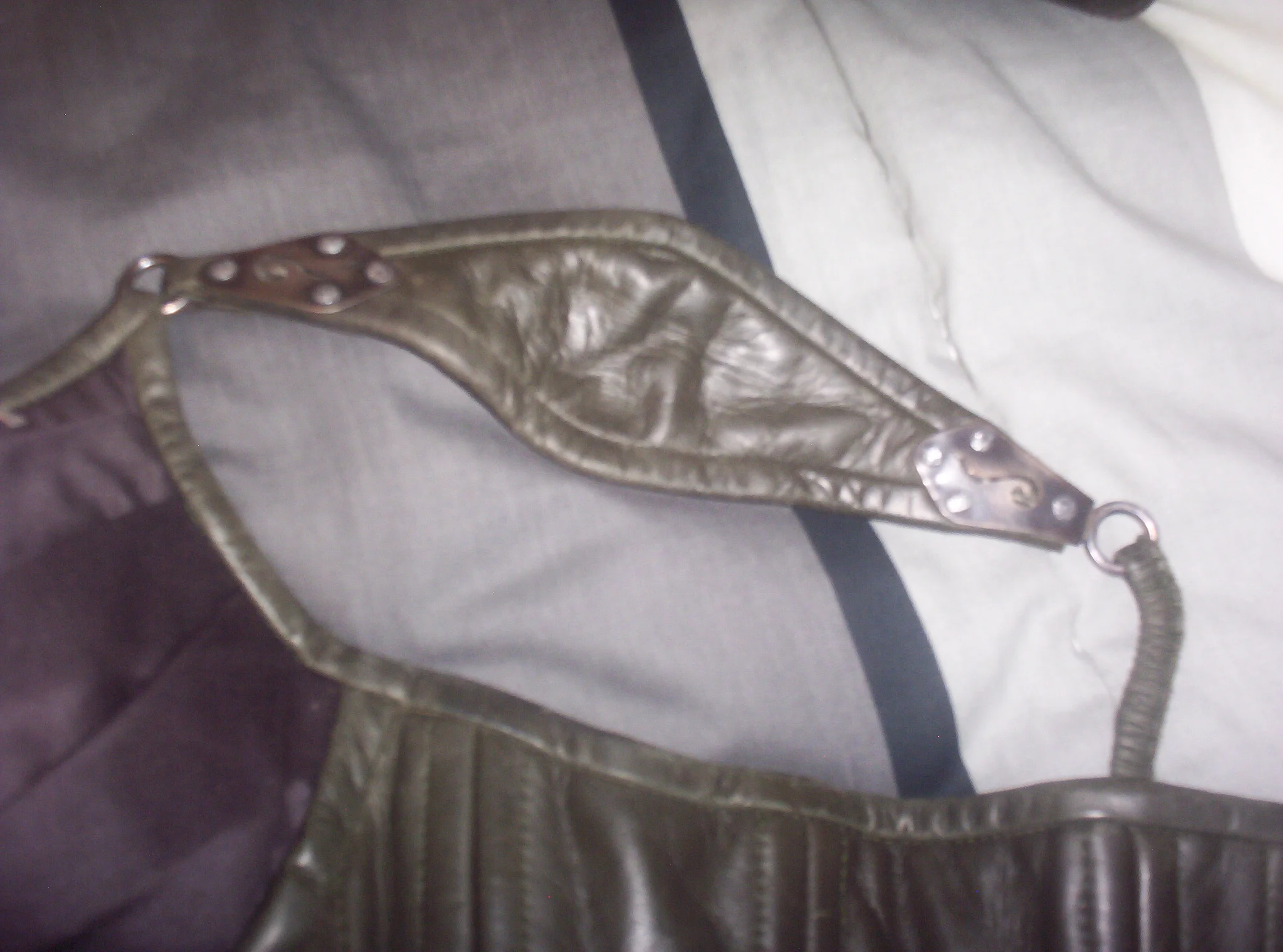Howdy!
I've got a little bit of progress to share on the vest pattern for the Nova Prime costume. In my last post I showed a picture of the pattern in Optitex. Well, as these things usually go, I've had to go back and tweak a few things here and there so the new pattern is slightly different.
Using Optitex to draft this pattern has been very interesting and certainly a learning experience! If I were to draft this pattern by normal flat pattern techniques I'd fold a whole bunch of 1" pleats on a piece of paper, trace my pattern on top of the pleats, cut it out, then open up the piece of paper. You don't really have the option to do that in Optitex. What I did at first was to make a series of grade points along the contour line where I wanted the pleats to be and then drafted in each pleat one at a time. This looked good on the screen and the piece looked correct when I closed the pleats up. However when it came to print out my pattern and I got to fold it all together something strange happened. I had a couple of pleats folding in the wrong direction (I should have checked counter clock wise instead of clockwise) and then one of them was actually folded over on top of another pleat. It was very odd!
I ended up going back and starting the piece over again and drafted parallel pleats all at once, eliminated the lower pleated panel, and let the computer determine where the pleats would go. This turned out to be much simpler and probably something I should have done the first time around. Oh well, that's part of learning!
So this morning I sewed up the muslin of the vest in the base size (a size 16) and all the pattern pieces worked out perfectly. I made a slight change to my initial decision to do pleats for the front of the vest and decided to make them all sewn tucks instead. This does not change my pattern piece at all but it means that each pleat has to be sewn down. This drastically changed how the pleats laid across the bust and looks 100x better than my first muslin.


Some general pointers I have if you decide to make this pattern in the future. First use the same color thread as your fabric and you won't see the stitching under the pleats. When marking the pleats I transferred all the markings of the pleats along the dashed lines of the pattern using tracing paper and a spikey wheel. When folding the pleats the foldline will be in the middle of the dashed lines. Pin the dashed lines together and stitch.



Also, steam is your friend here if you are ironing these pleats. The first mock up I made for the vest was out of some gross thrift store wool and I needed a ton of steam and a clapper (the wooden thing) to flatten the folds of the pleats.


The final pattern for the vest will have a neckline facing, lining, back separating zipper, and bound armholes.










